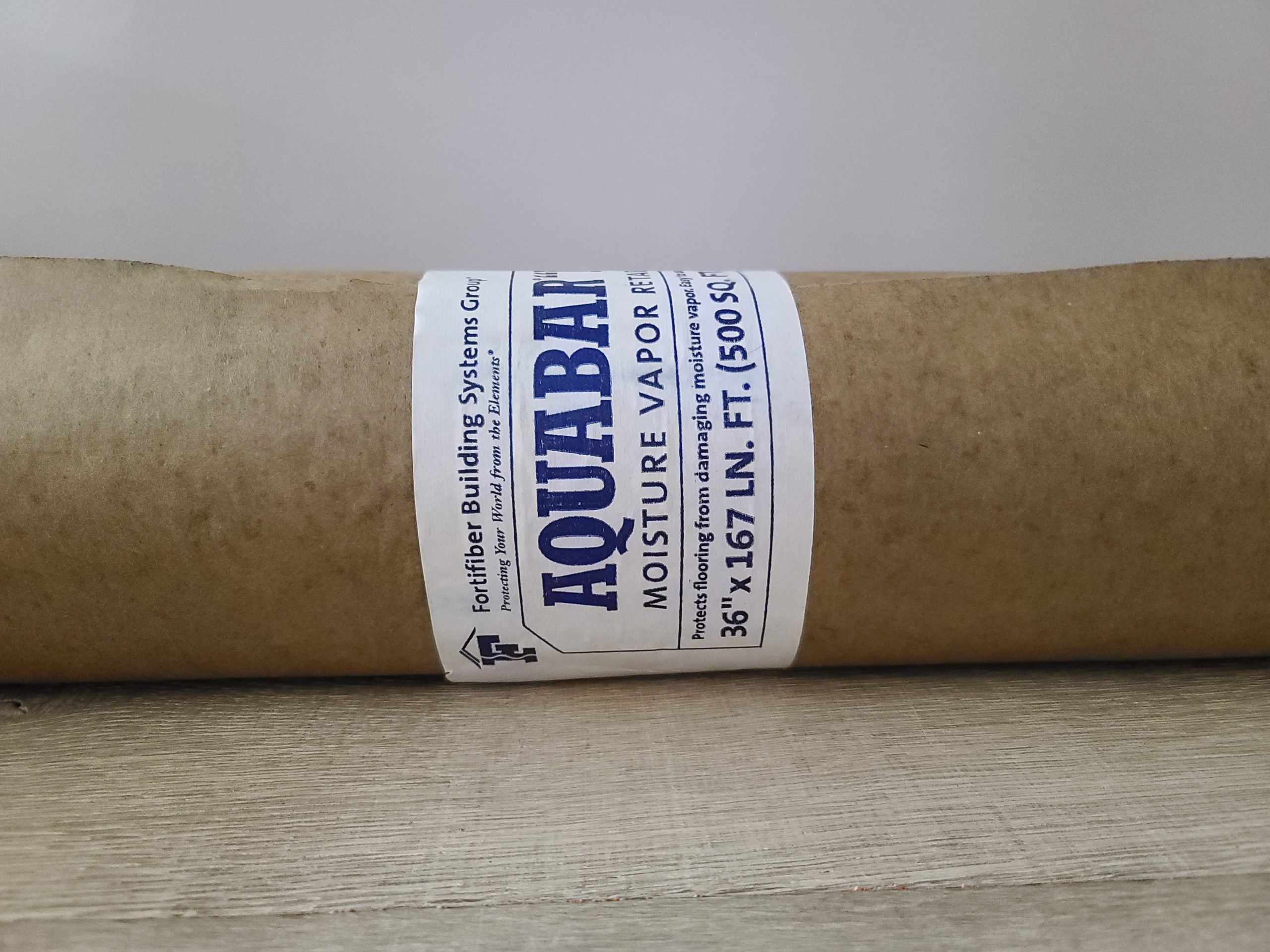Rustic Floor Supply offers moisture barriers at our Atlanta, Georgia location. Moisture barriers are used to prevent the transfer of humidity from the subfloor to the flooring above it. These products come in two main forms: roll-on and overlay. Both types of moisture barriers are effective at reducing moisture transmission and can be used depending on the specific circumstances and requirements of the project. Whether you choose a roll-on or overlay moisture barrier, you can trust that it will effectively mitigate moisture and protect your flooring from damage.
- Loba
- Pallmann
- Fortifiber
Overlay Flooring Moisture Barriers
Overlay moisture barriers are materials that are rolled out and installed beneath the flooring. These barriers can be crafted from various substances, such as paper, tar, or plastic, and are suitable for use on a range of subfloors, including OSB, particle board, plywood, and concrete. One of the advantages of overlay moisture barriers is their user-friendliness. They can be quickly and easily laid out, making them a convenient option for flooring projects. Whether you’re a professional contractor or a DIY homeowner, overlay moisture barriers offer an efficient choice for shielding your flooring from excessive moisture.
Roll on Flooring Moisture Barriers
Roll-on moisture barriers offer another option for safeguarding your flooring from excess moisture. These barriers are applied to the subfloor as a liquid or semi-liquid substance and are frequently used on concrete surfaces to prevent moisture from infiltrating the flooring. Roll-on moisture barriers are typically available in two variations: one-part and two-part products. One-part barriers can be applied without the need for mixing with a catalyst or hardener, whereas two-part barriers necessitate the use of a catalyst for proper application. Two-part roll-on moisture barriers are generally considered more effective at defending against moisture, but they can be less efficient due to any leftover product hardening and becoming unusable. When selecting a roll-on moisture barrier, it’s essential to take into account the specific requirements of your project and weigh the potential advantages and disadvantages of each product type.

